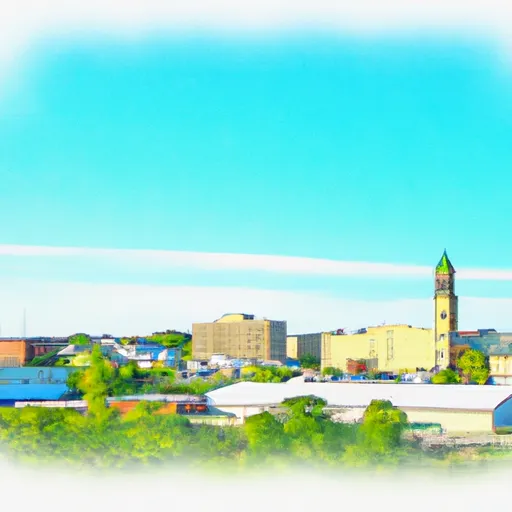°F
°F
mph
Windspeed
%
Humidity











Sheboygan Falls, Wisconsin is a charming small city located in Sheboygan County. The region experiences a humid continental climate, characterized by warm summers and cold winters. Average temperatures range from the mid-20s°F (-4°C) in winter to the high 70s°F (around 25°C) in summer. Precipitation is evenly distributed throughout the year, with an average of 32 inches (81 cm) annually.
Situated along the Sheboygan River, hydrology plays a significant role in the city. The river not only adds to the beauty of the landscape but also provides recreational opportunities for fishing and canoeing. Sheboygan Falls is also home to Quarryview Park, which features a picturesque quarry pond, walking trails, and picnic areas where visitors can relax and enjoy the outdoors.
For outdoor enthusiasts, Sheboygan Falls offers various opportunities for recreational activities. The nearby Kettle Moraine State Forest provides hiking, biking, and camping opportunities, allowing visitors to explore the natural beauty of the area. Additionally, Lake Michigan, located just a short drive away, offers opportunities for boating, swimming, and fishing. Whether it's enjoying the tranquility of the river, exploring the state forest, or experiencing the vastness of Lake Michigan, Sheboygan Falls has something to offer for all nature lovers.
Weather Forecast
Sheboygan-Falls receives approximately 847mm of rain per year, with humidity levels near 82% and air temperatures averaging around 9°C. Sheboygan-Falls has a plant hardyness factor of 5, meaning plants and agriculture in this region thrive during a short period during spring and early summer. Most plants will die off during the colder winter months.
Regional Streamflow Levels
16
Cubic Feet Per Second
3
Cubic Feet Per Second
1
Cubic Feet Per Second
3
Cubic Feet Per Second
Nearby Camping
| Camping Area | Reservations | Toilets | Showers |
|---|---|---|---|
| Paris City Park | |||
| Walnut Point State Park | |||
| Red Hills Lake State Park | |||
| Robinson City Park | |||
| Oakland City Park | |||
| Hilltop Campground - Grayville |



